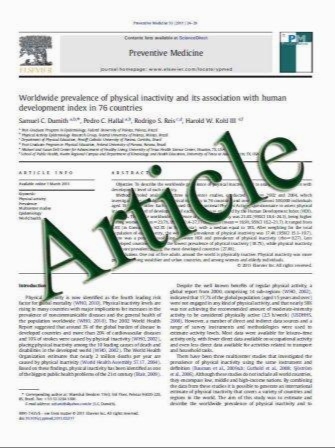Posterior fossa subdural empyema in children—management and outcome
- نوع فایل : کتاب
- زبان : انگلیسی
- مؤلف : Venkatesh S. Madhugiri & B. V. Savitr Sastri & Indira Devi Bhagavatula & Somanna Sampath & B. A. Chandramouli & Paritosh Pandey
- چاپ و سال / کشور: 2010
Description
Aims The aims of this study were to analyze the clinical features, radiologic findings, bacteriologic spectrum, and management protocols and outcomes in posterior fossa subdural empyemas in children. Materials and methods This study is a retrospective analysis of all children (age, <18 years) treated over a ten-year period (1994–2004) at NIMHANS, India. Clinical, bacteriologic, radiologic, and follow-up data were analyzed. Results Twenty-seven children with posterior fossa empyemas were treated during this period, making this the largest series to date dealing with this rare entity. Posterior fossa empyemas are seen more commonly in the summer months and in males. Of the patients, 74.1% were in altered sensorium. The clinical features included the triad of fever, headache, and vomiting, which is a nonspecific picture. Cerebellar signs were elicited only in 40%. The most common source was untreated middle ear infection. Pus usually accumulates over the cerebellar convexity and is associated with hydrocephalus in 74% of patients. Cultures of the empyema pus were positive in 74% of cases, and 18.5% had polymicrobial infections. Only 21% of the patients needed a permanent CSF diversion procedure. Craniectomy is the treatment of choice in these cases. Conclusions The clinical features are nonspecific. Early surgery can salvage most patients and obviate the need for permanent CSF diversion procedures. Surgery (evacuation of empyema and mastoidectomy), antibiotics, and management of hydrocephalus are the mainstays of treatment.
DOI 10.1007/s00381-010-1169-z Childs Nerv Syst (2011) 27:137–144 Received: 25 September 2009 / Accepted: 29 April 2010 / Published online: 23 May 2010


